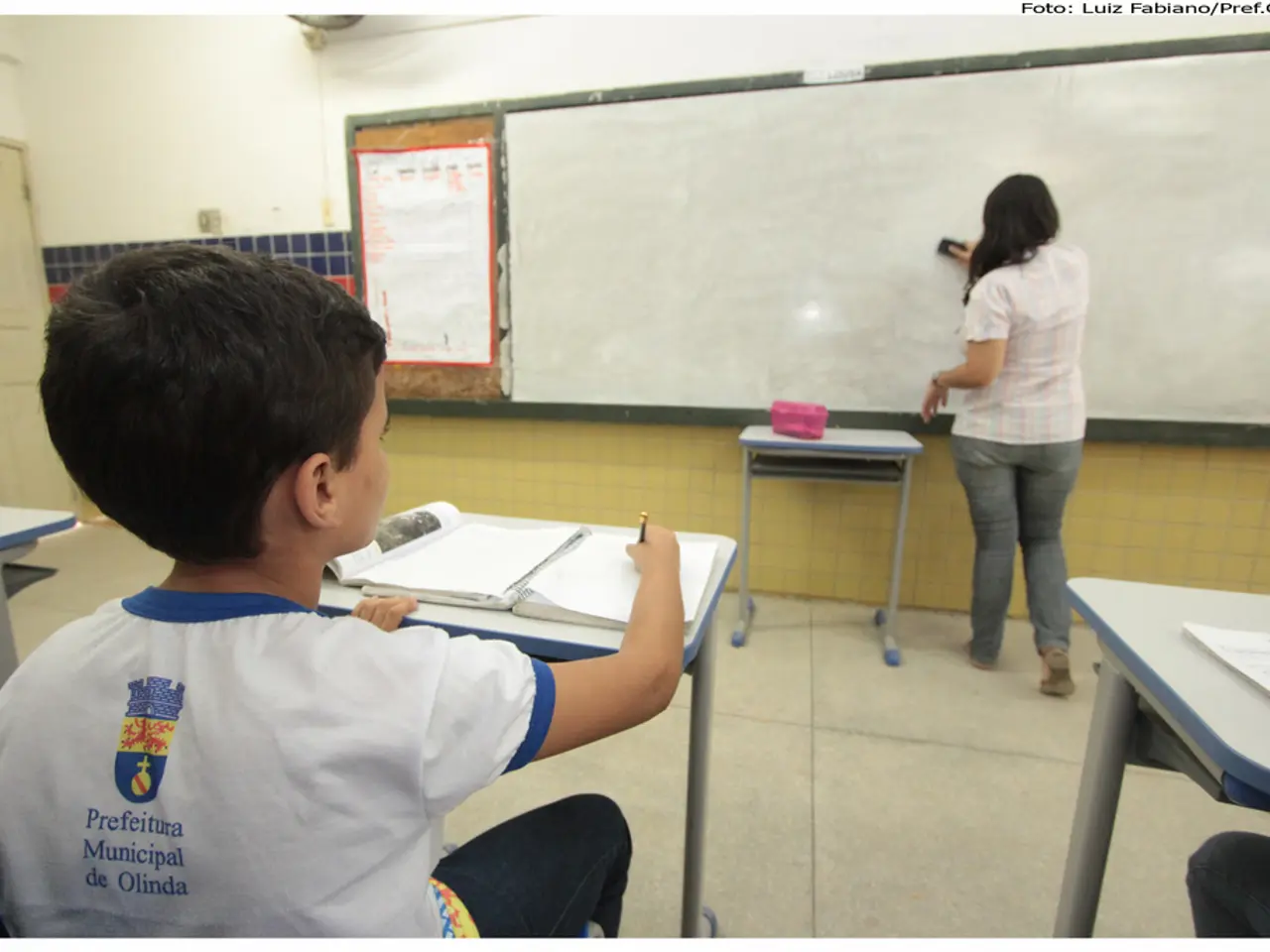Designing Strategic Learning Trajectories for Exceptional Students in Gifted Education Programs
In the realm of education, a growing emphasis is being placed on catering to the unique needs of gifted learners. These students, known for their intense curiosity and strong desire for knowledge, frequently ask probing questions and seek out information beyond the curriculum [1]. To address this, a specialized curriculum for gifted education has emerged, encompassing several fundamental components.
This curriculum, vital for the intellectual, creative, emotional, and social development of gifted students, incorporates differentiation, higher-order thinking skills, interdisciplinary connections, real-world applications, and an encouragement of creativity, critical thinking, and innovation [2]. Incorporating technology into the curriculum enhances learning opportunities and caters to diverse learning styles.
Current trends in the design and implementation of curriculum for gifted education emphasize differentiation, fair and broad identification of giftedness, and tailoring instruction to diverse gifted learners’ needs.
One key trend is the differentiated instruction in general classrooms. Curricula increasingly focus on modifying content, process, product, and learning environments to challenge gifted students appropriately, offering more complex, open-ended tasks that foster higher-order thinking and creativity [3]. Effective differentiation also addresses social and emotional needs, not just cognitive skills. Teacher training in gifted education is crucial for successful differentiation practices [4].
Another significant trend is the adoption of fair and inclusive identification practices. Newer approaches to gifted education recognize multiple domains such as artistic, leadership, and academic abilities. Identification methods involve universal testing, multiple criteria, and alternative pathways to ensure equitable recognition of diverse talents, which in turn supports more personalized curriculum development [5].
The emphasis on teacher expertise is another critical trend. Successful gifted curricula depend heavily on highly qualified and well-trained teachers familiar with gifted education frameworks, capable of designing and implementing appropriate instructional units that balance challenge, engagement, and authenticity [6].
Individualized and strength-based approaches are also increasingly incorporated into curriculum design. Recognizing the heterogeneity of gifted learners, curriculum design includes flexibility to match individual strengths, interests, and motivational factors [7].
Alignment with state and national education standards is another essential aspect of gifted curriculum design. Gifted curricula are being designed to align with these standards while adapting them to meet the advanced needs and pacing of gifted learners [8].
Effective identification of gifted learners is fundamentally reliant on robust assessment methods, including standardized tests, performance assessments, observations, and portfolios. Flexibility in curriculum design is essential, enabling adaptations based on student progress and emergent interests [9].
A well-designed curriculum cultivates a sense of belonging and community, encouraging collaboration and peer interaction. The Schools of Thought Model emphasizes different educational philosophies that influence program development for gifted education, while the Enrichment Triad Model is a framework designed specifically for gifted education, focusing on the development of students' talents through a structured approach [10].
In conclusion, modern gifted education curricula are trend-wise shifting toward equity in identification, differentiation that spans cognitive and socio-emotional domains, teacher preparedness, and individualized approaches that respect the varied profiles of gifted students. This ensures curricula are both challenging and supportive, fostering the unique talents and needs of gifted learners in inclusive educational settings.
In the pursuit of educational and personal growth, e-learning platforms, such as professional development courses for educators, can facilitate the effective implementation of differentiated instruction in general classrooms, aligning with the current trends in gifted education. Such platforms can also support the development of higher-order thinking skills and creativity, essential components in the education-and-self-development of gifted learners.
To further encourage personal-growth and learning among gifted students, curricula should incorporate technology, enabling flexibility in design and fostering a sense of belonging and community through collaboration and peer interaction, following the Schools of Thought Model and the Enrichment Triad Model.




